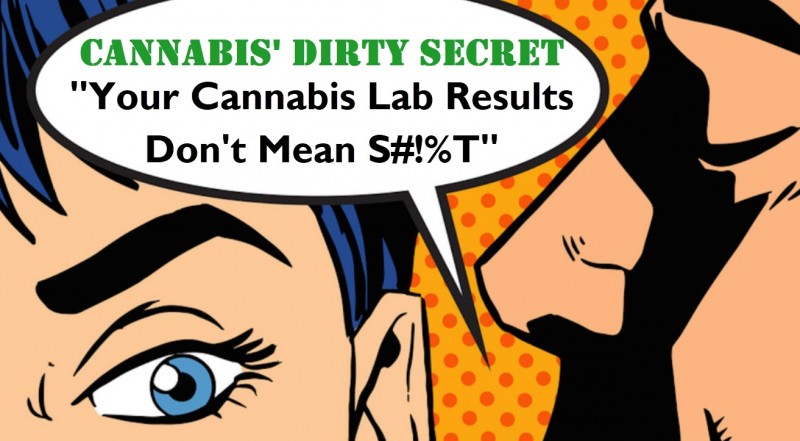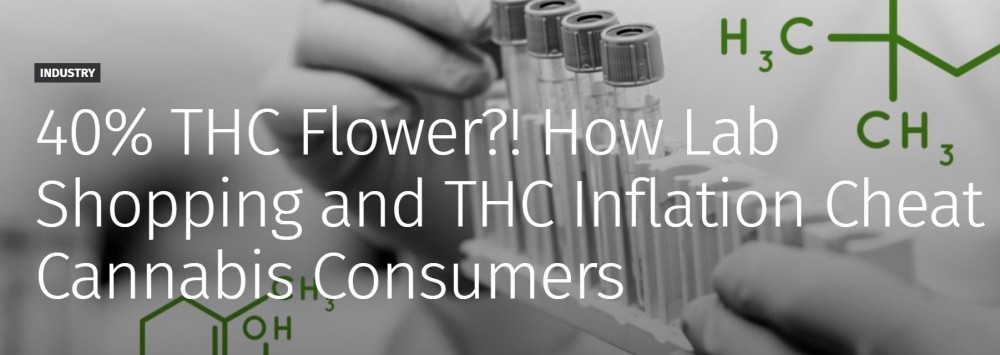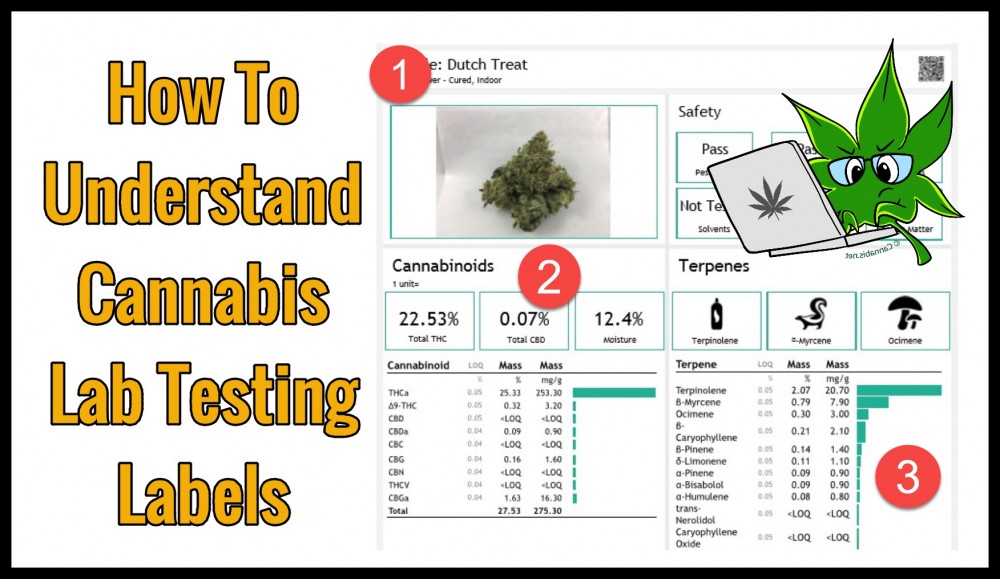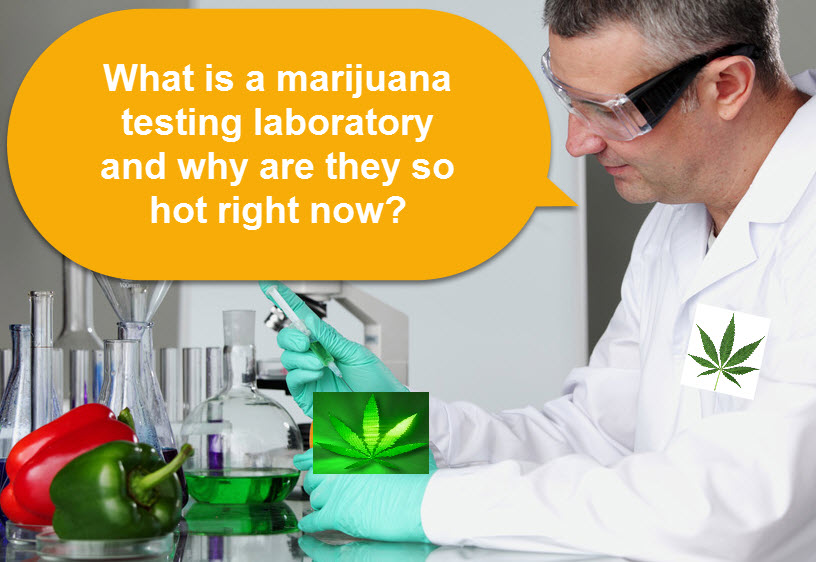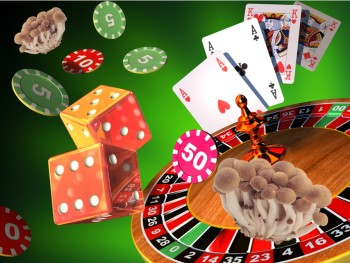Cannabis Lab Shopping and Pitching for High THC Ratings are Hurting the Industry
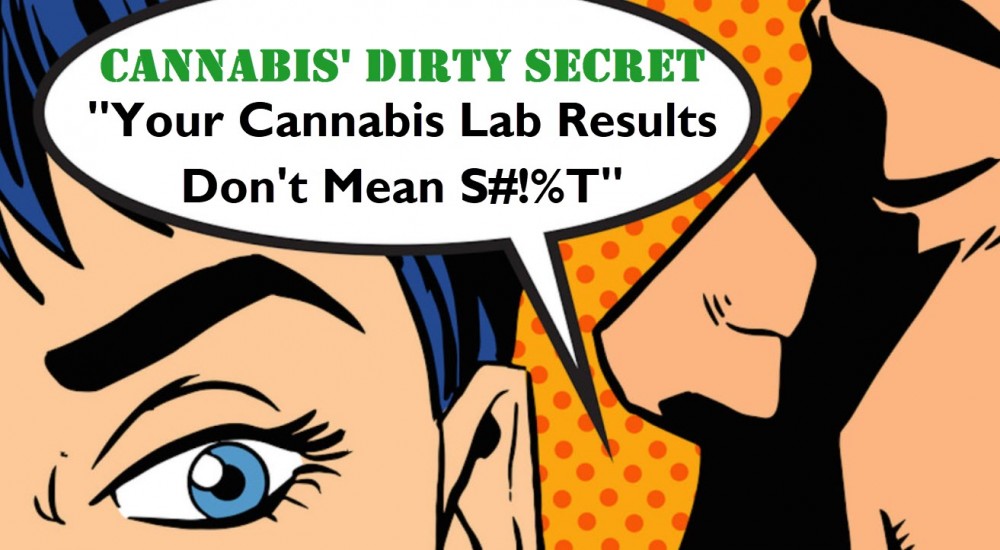
Quick question, what do the bond markets and cannabis industry have in common?
They can both buy the ratings they need by cutting a fat check.
There are two parallel stories going on right now that are remarkably similar, one is being covered by the Wall Street Journal and one was covered by David Downs at Leafly. Both stories involve being able to buy the ratings or a "report card" you need from a trusted authority.

Let’s start with the story that brought down the financial markets in 2008 and could very well be the cause of the next financial crisis, the bond ratings market. Bonds are debt issued by companies that investors can buy for an agreed upon coupon, or interest rate. For example, Apple issued debt awhile back even though they had TONS of cash because it was cheaper to take a loan out from investors and pay them back 3% then bringing in all the money they have stashed overseas back to the US at a 33% tax rate. The Apple debt issue, or bond, would then be traded in the bond market, so the investors could buy and sell the debt depending on the price of the bond and what the percentage rate of interest was that day.
What does this have to do with cannabis?
The bond has to have a rating given to it by a bond rating agency. Companies like Moody’s and Fitch are bond rating services that give the bond a “report card” on how likely is it that it issuer will pay it back, what is the quality of assets supporting the bond, and the company leadership, etc. etc. The bond needs to be “rated” because pension funds, retirement funds, and some US investment vehicles can only buy bonds of the highest rating, which is AAA. The next lowest rated bond is AA, then A. then BBB, then BB, etc. When a company is getting ready to issue a bond or debt that investors can buy, they “shop around” the bond to different agencies to get the best rating they can. The problem starts because bond rating agencies are PAID by the company issuing the debt, which creates a major conflict of interest for investors and bond ratings companies. Bond rating agencies are supposed to be truthful in their rating and are set up to protect investors, but they are also paid by the companies looking to get the highest rating possible on their bonds so more people can invest and buy them. Companies will submit their bond paperwork to each company and whoever issues them the highest rating, gets the job and gets paid for the rating. They are basically paying the teacher for the best grade possible, and whichever teacher agrees to give them the "A" on the paper instead of the "B+" gets the client.
The exact same thing is happening is cannabis with lab testing and the holy grail of the neophyte consumer, THC percentages. As David Downs at Leafly wrote about here, the story has been known by reporters and people in the industry for a few years and it works the same way as the bond markets on Wall Street. More than one grower has told us that they can take the same piece of cannabis bud from the same plant to 3 different labs and get wildly different results on THC, CBD, and terpene profiles.
Why? Is the Industry Corrupt?
First, no, it is not like all lab owners are doing their job poorly or putting out inaccurate results out on purpose. What happens is depending on how the product is tested, which type of machine and technique was used to test it, and what other substances were used in the testing, can all greatly effect the results. I personally tried this out with two labs and some tinctures I had bought as an experiment and got much different THC content numbers depending on if the lab used light refraction, dab testing, or even what type of machine the labs decided to buy and use for cannabis testing.
As Leafly pointed out, the problem starts with lab shopping. Just as companies can shop for bond ratings, cannabis growers can shop for the “best lab test restults” for their products and use that particular one, in this case, almost everyone wants the highest THC number possible. The higher THC number gets more headlines in dispensaries, sells more product, and has the “wow” factor built in. Lab testing companies need to make money as well, so they charge for the tests, but if they know that the person is testing the product at two other labs and is going to work with whoever gives them the highest THC rating on their product, they are incentivized just like bond ratings agencies to give the highest grade possible in order to win future business as well. Cannabis growers can basically submit the homework to three different teachers and whoever gives them a an “A” gets more work and revenue in the future.
So, what do your lab results actually mean?
Lab results can vary wildly in some cases on terpene profiles and measurements of cannabinoids like CBG, CBD, and THC, but they can do a good job checking for pesticides and harmful materials, and that is the most important part of lab testing. The first check should be for pesticides and anything that could harm you in the oil or flower, not how much THC and CBD does the product have, that is secondary.
So, in that sense, yes, lab results are important as to show nothing harmful like metals or pesticides are present, but if you are looking for a rock-solid, truthful report on THC and CBD percentages, that is more of an estimate. As we mentioned, machines are calibrated differently, they use completely different technologies to test, lab technicians are trained differently and how they set the test up and prep it could alter the result as well.
With Federal legalization we will see a standardized and approved testing protocol set up by either the Federal government or FDA. With CBD now in so many edible forms now and latest reports showing that 1 in 7 Americans are now taking CBD, the testing platforms will have to be synchronized and standardized. Are we using light waves, sound waves, solutions and centrifuges, or something else that is accurate and we can all agree on? This will make the product more acceptable to the public and more importantly to the medical community as doctors will feel much more confident prescribing a White Widow with 2.4% CBG for someone when they actually are confident that the product is exactly that, and the dosages are repeatable.
For now, use lab results for checking for harmful materials in your bud and secondarily, at a 50,000 foot level, for a guideline on terpene makeup and strength of CBD or THC.
CANNABIS LAB TESTS, READ THESE...
HOW TO READ A CANNABIS LAB REPORT LABEL, CLICK HERE.
OR...
CANNABIS LABS, WHAT IS A MARIJUNA LAB TEST?

